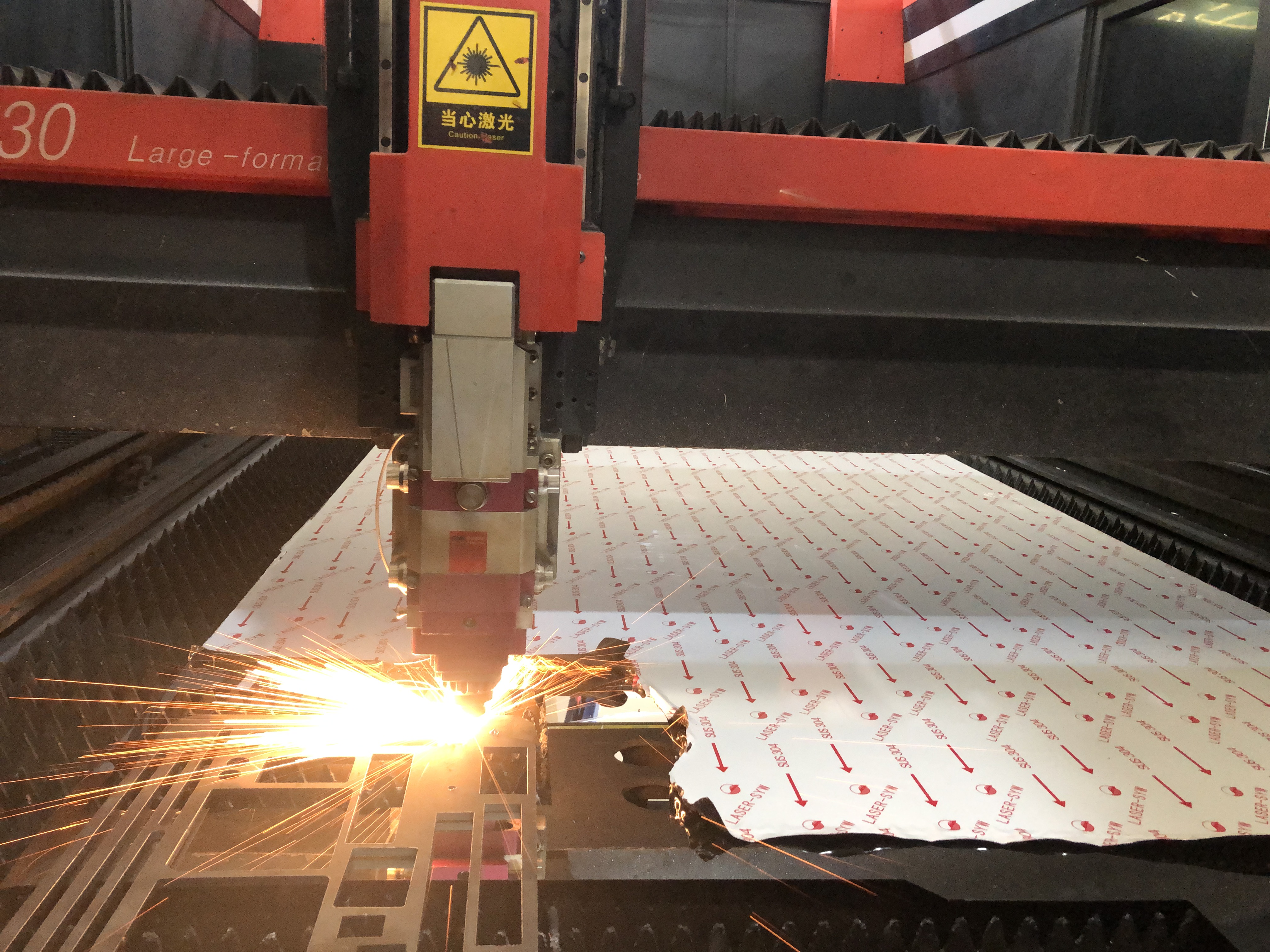Introduction:
Precision in sheet metal fabrication plays a crucial role in delivering high-quality results. With multiple cutting methods available, such as laser cutting, water jet cutting, and chemical etching, it’s important to consider which technique provides the most advantages.
In this article, we will explore the advantages of laser cutting over water jet cutting and chemical etching for precision sheet metal fabrication, highlighting its precise cuts, versatility, efficiency, minimal material distortion, and automation capabilities.
Precision and Accuracy:
Laser cutting technology offers unparalleled precision and accuracy due to its narrow focused laser beam. This characteristic allows for clean, intricate and well-defined cuts, ensuring tight tolerances ranging from 0.1mm to 0.4mm. On the other hand, water jet cutting and chemical etching often struggle to achieve the same degree of accuracy, resulting in wider kerf widths and less precise cuts.
Versatility across Materials and Thicknesses:
Laser cutting is highly versatile and can be used on a wide range of materials, including metals like stainless steel and aluminum, as well as non-metal materials such as wood and acrylic sheets. This adaptability is crucial in many industries, where a variety of materials may be required. In contrast, water jet cutting and chemical etching may have limitations when it comes to certain materials or thicknesses, reducing their overall versatility.
Speed and Efficiency:
Efficiency and productivity are vital in the sheet metal fabrication industry. Laser cutting boasts high cutting speeds and rapid movement capabilities, significantly reducing production time. Quick setup and programming further enhance efficiency. Conversely, while water jet cutting and chemical etching are effective in their own right, they may not match the speed and efficiency of laser cutting.
Minimal Material Distortion:
Laser cutting technology is known for its minimal heat-affected zone (HAZ), resulting in reduced material distortion and warping. The focused laser beam generates minimal heat transfer, preserving the material’s integrity during the cutting process. This is particularly advantageous when working with delicate or thin metals. Although water jet cutting and chemical etching are less prone to material distortion compared to other methods, they may still cause some deformation.
Enhanced Automation:
Laser cutting utilizes computer numerical control (CNC) capabilities, offering advanced automation and precision. This automation significantly reduces the chances of human error and ensures consistent accuracy throughout the production process.
While water jet cutting and chemical etching can also be automated to some extent, laser cutting provides superior levels of precision and control.
In summary, laser cutting surpasses water jet cutting and chemical etching methods when it comes to precision sheet metal fabrication. Its unmatched precision, versatility across various materials and thicknesses, speed and efficiency, minimal material distortion, and enhanced automation capabilities make it the preferred choice in many industries.
Laser cutting enables intricate detailing, reduced production time, and consistent accuracy, solidifying its position as the optimal solution for precision sheet metal fabrication. As laser technology continues to advance, we can expect further enhancements and developments in this field, reaffirming its dominion in precision sheet metal fabrication.
Post time: Nov-14-2023



